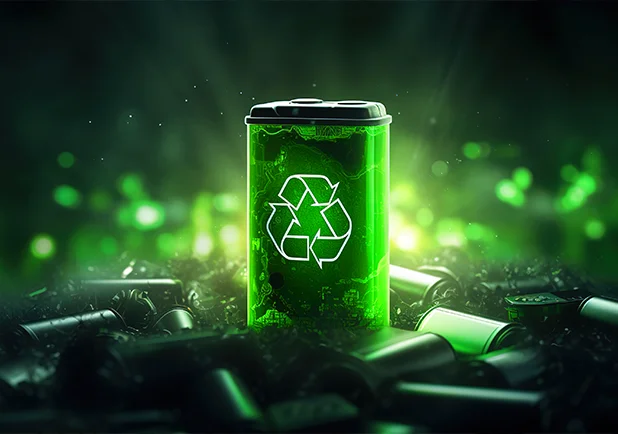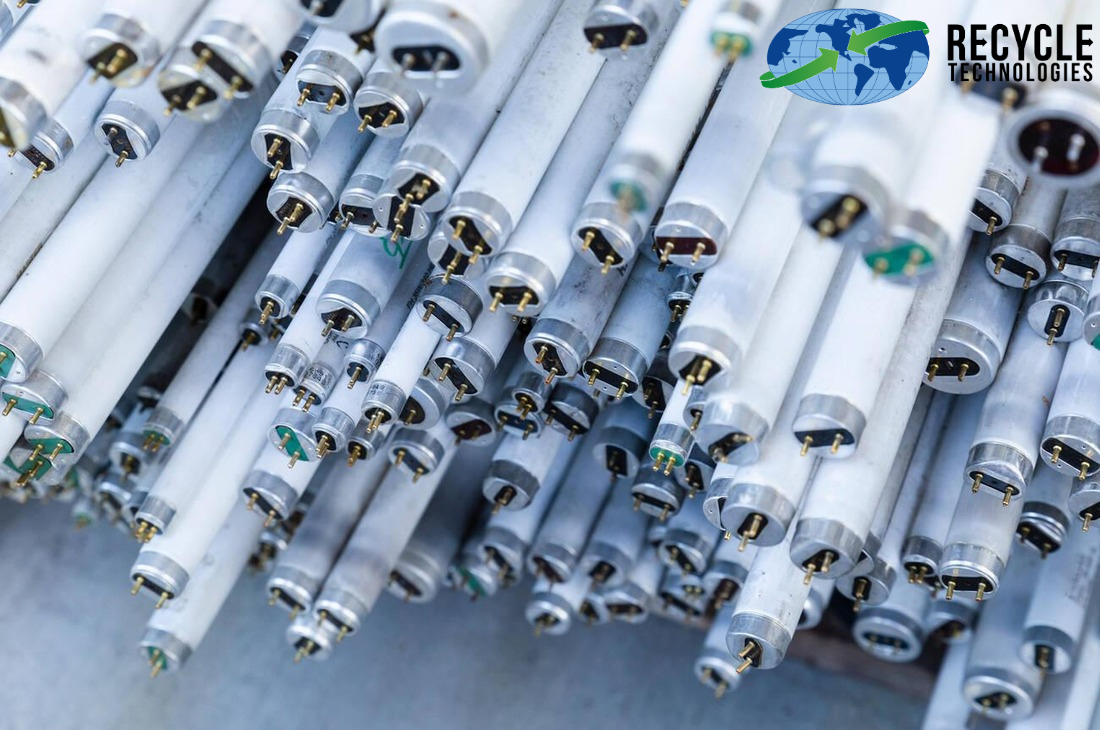The generation of e-waste has surged worldwide, including the USA, due to the increased advancements in the tech industry. Newer and faster electrical gadgets, shorter lifespans of electronic devices and a wide variety of storage options in digital products has led to this rise in the volume of electronic waste. E-waste is now considered one of the fastest growing streams of waste globally and focused efforts are required to curb the ongoing rise in its growth.
The question is, what is e-waste? It encompasses all electronic devices that have a battery or a cord and contain hazardous substances even at the end of their lifecycle. Unfortunately, many individuals in the United states are still unaware about what constitutes electronic waste and hence are ignorant about the responsible methods of its disposal.
In this blog we are going to have a detailed discussion about what e-waste is, why it is a growing concern and what is the process to recycle this type of waste.
Most Frequent Varieties of E-Waste
The term e-waste is an umbrella term and includes a wide variety of discarded electronic devices. Following is a list of some of the most common types of e-waste in the USA.
- Light bulbs
- Batteries
- TVs
- Computers
- Printers
- Laptops
- Servers
- Monitors
- Fax Machines
- Printers
- Scanners
- Microwaves
- Copiers
- Cell Phones
- Keyboards
- Cables
Why Recycling E-Waste Is Essential
Before we delve into how e-waste is recycled at Recycle Technologies, it is important to understand why it is so crucial to do so.
The foremost benefit of e-waste recycling is that it enables the use of materials in a closed loop. Recycling old electronics has the potential to recover useful substances like aluminum, gold, copper and silver from discarded electronics and reuse them in manufacturing new products across different industries. This supports a circular economy while also reducing the need for mining fresh raw materials.
Secondly, e-waste recycling is significant for the conservation of the environment and public health. When dumped into landfills, toxic materials housed within old electronics, including cadmium, nickel, mercury and cobalt can leach out into the water and soil contaminating it irreversibly. This contamination not only harms the aquatic ecosystem but also puts the lives of people who are dependent on freshwater sources at risk.
For these reasons, it is critical to embrace sustainable e-waste recycling practices to contribute to the protection of the environment and encourage the development of a circular economy.
Hazards of Improper E-Waste Disposal
When electronic waste is discarded irresponsibly in landfills and incinerators, it gives rise to a multitude of environmental and health issues.
The toxic substances that e-waste contains can become a part of water bodies and even build up in food chains. This can give rise to multiple neurological diseases and dysfunctions in humans and threaten the fragile balance of ecosystems.
Additionally, e-waste contains a host of useful resources like rare Earth elements including copper, silver, and gold. When it is dumped in landfills instead of being recycled, the opportunity to extract these materials is lost. This also puts an increased burden on the natural finite resources and also leads to an increase in mining activities that harm the environment.
Advantages of E-Waste Recycling
The benefits of responsible e-waste recycling are many. Some of them are listed below:
- Environmental preservation
- Resource conservation
- Growth of a circular economy
- Creates employment opportunities
- Reduces manufacturing costs of new electronic devices
- Prevents contamination of water bodies
- Reduces mining activities and air pollution
- Mitigates the emission of greenhouse gasses
- Promotes conscious consumption patterns among consumers
Recycle Technologies’ E-Waste Recycling Process
Collection
The e-waste recycling starts with a collection of old electronics. This is achieved through different means. Certified electronic waste recycling companies, like Recycle Technologies, provide various means to customers to either drop-off their old electrical devices at designated points or avail the mail-in service to ship e-waste to our recycling facility using e-waste recycling kits.
Specially important at this stage is to ensure that all electronics are packaged and transported safely without any damage.
Safe Storage
Once the old electronics arrive at a recycling facility, it is essential to safely store them until they are recycled. Electronic equipment like TVs contain cathode ray tubes (CRTs) that include mercury as their main component. It is therefore integral to store equipment like this safely to prevent any mercury exposure to workers.
Sorting and Disassembly
This step in the e-waste recycling involves the manual sorting of electronic waste into separate components like bulbs and batteries. These items are then further processed to extract even smaller components.
Next, comes the process of disassembly of the waste to break it down into separate components. Lastly, the e-waste is shredded to break it down into tiny pieces that are suitable for the next steps in the procedure.
Separation
This step involves mechanical separation of the e-waste. This can be achieved through either magnetic separation or separation by water.
Magnetic separation is used to separate ferrous materials like iron and other metals. On the other hand, water separation is used for materials like plastic and glass. It is also used to purify the amalgam of e-waste at this stage.
How Recycle Technologies Ensures Sustainability in E-Waste Recycling In The USA
Recycle Technologies is one of the leading e-waste recycling centers in the USA with recycling centers in all major cities across the nation. We provide specially tailored services for businesses and individuals and help them dispose of e-waste in a sustainable way while conserving the environment.
Conclusion
E-waste is emerging as a growing concern throughout the USA as a result of the rise in consumerism of digital products. This waste stream is growing at an alarming pace and calls for immediate redressal of this issue.
If this waste stream is allowed to spread uncontrolled, it will have grave consequences for both the environment and human health. It is necessary to adopt sustainable e-waste recycling habits to help curb the issue of e-waste recycling.









